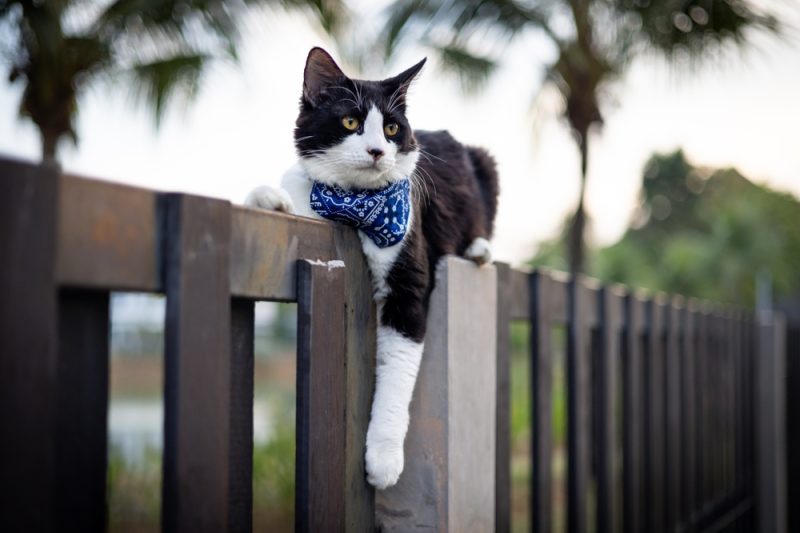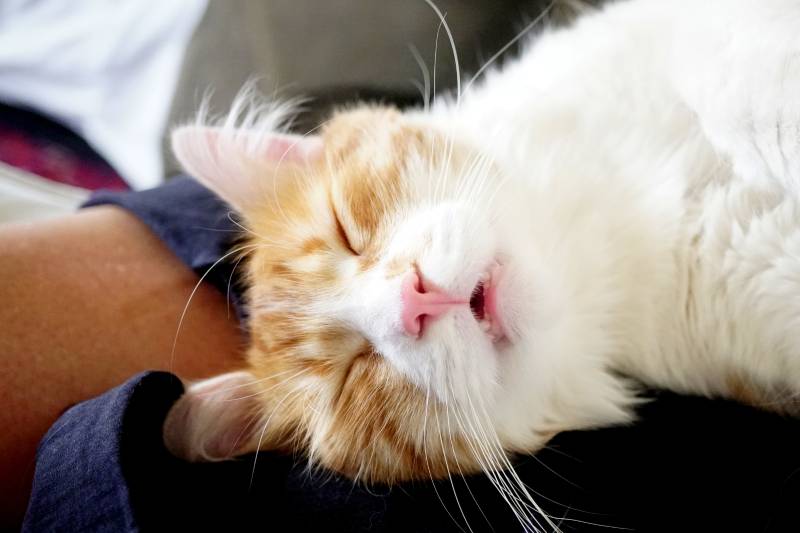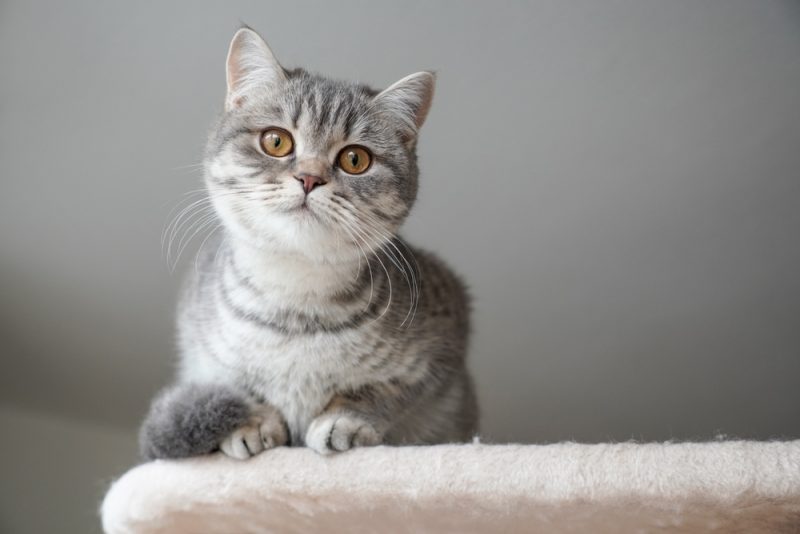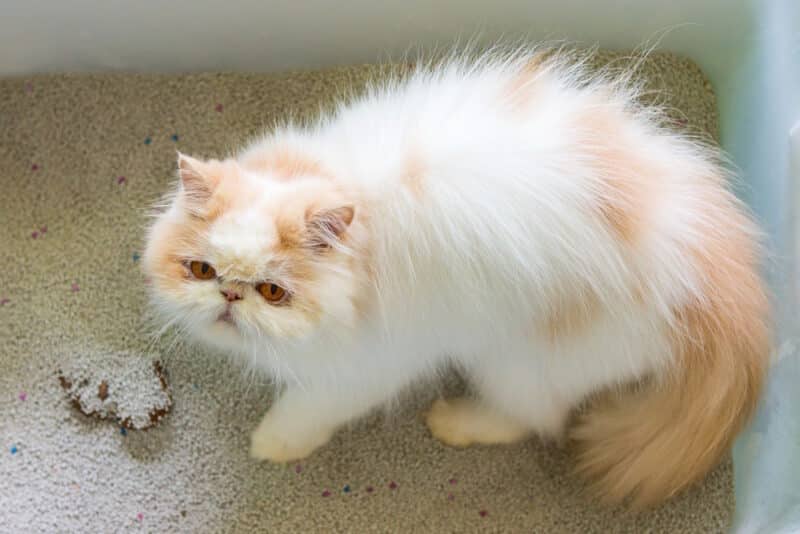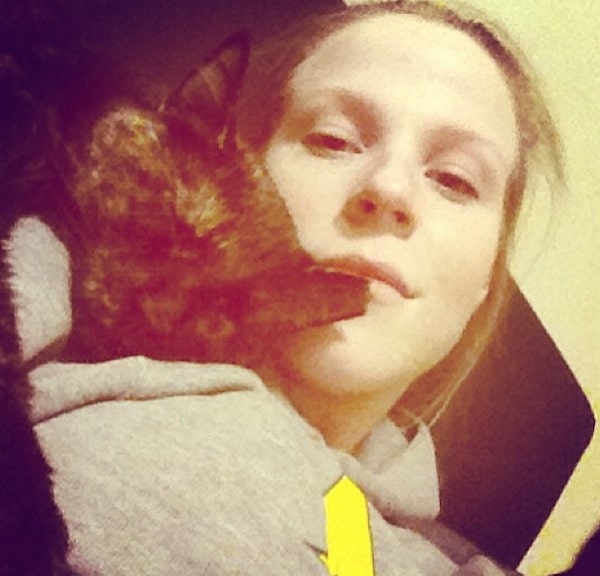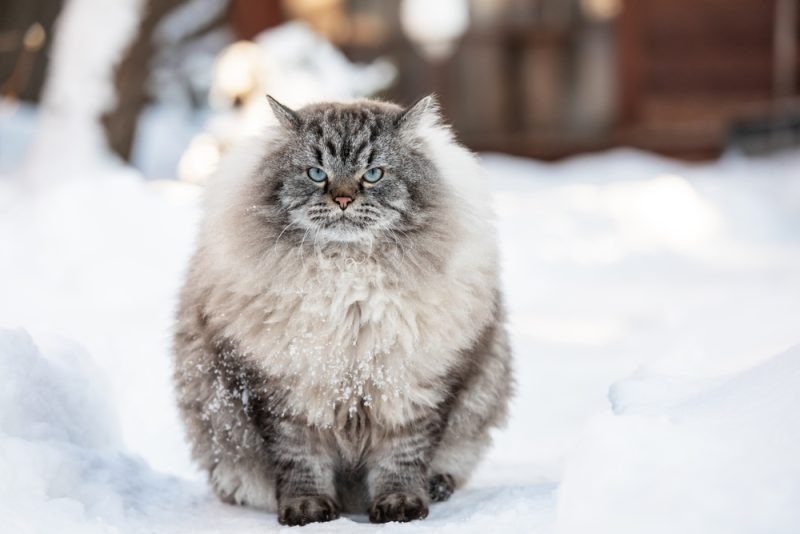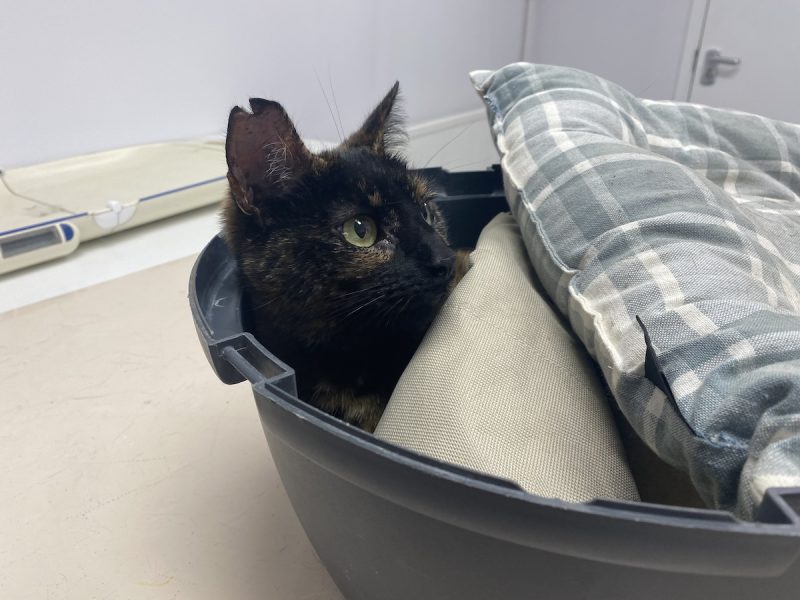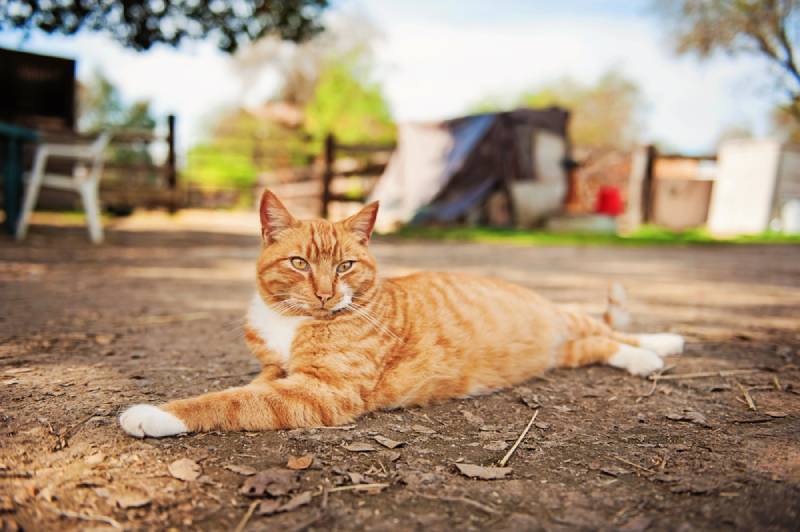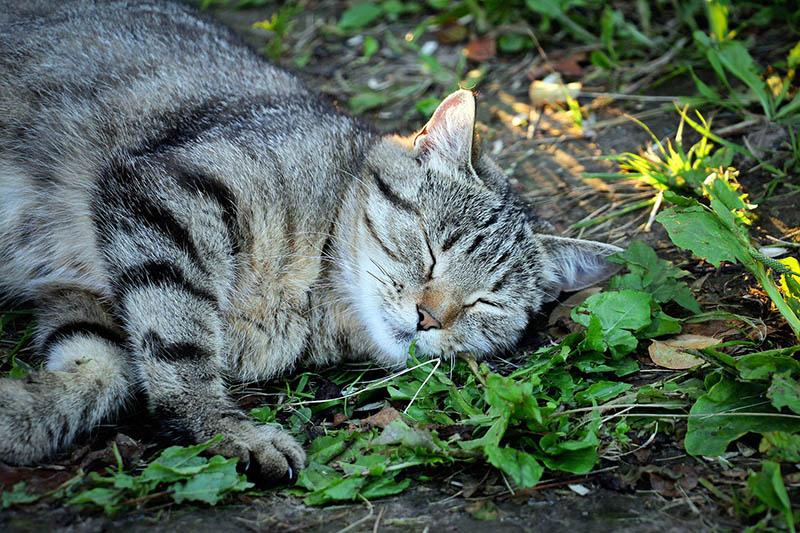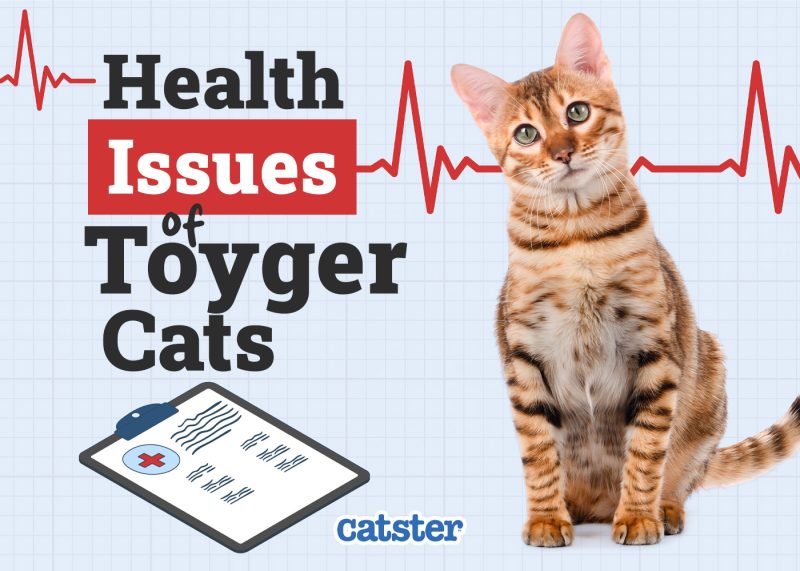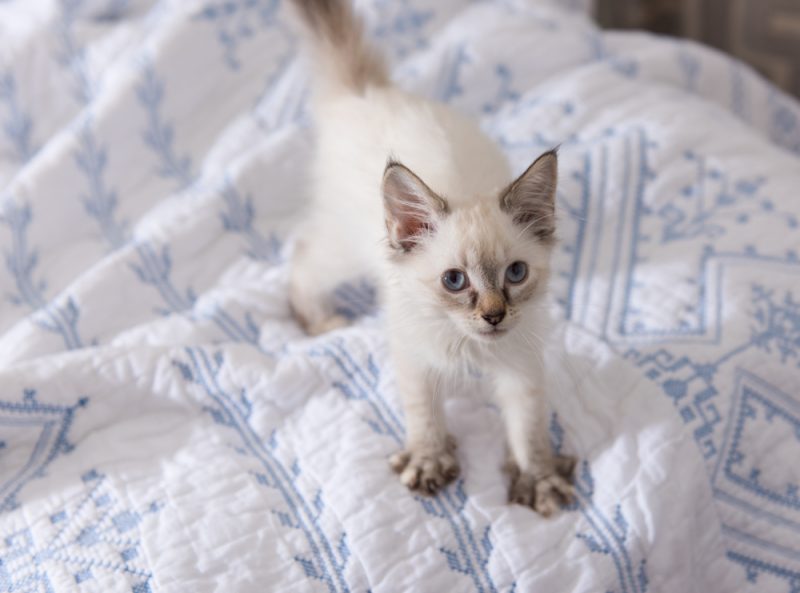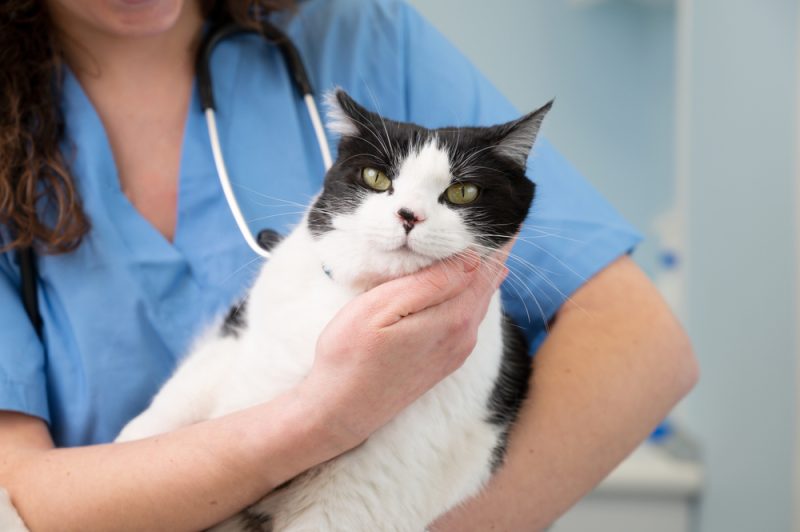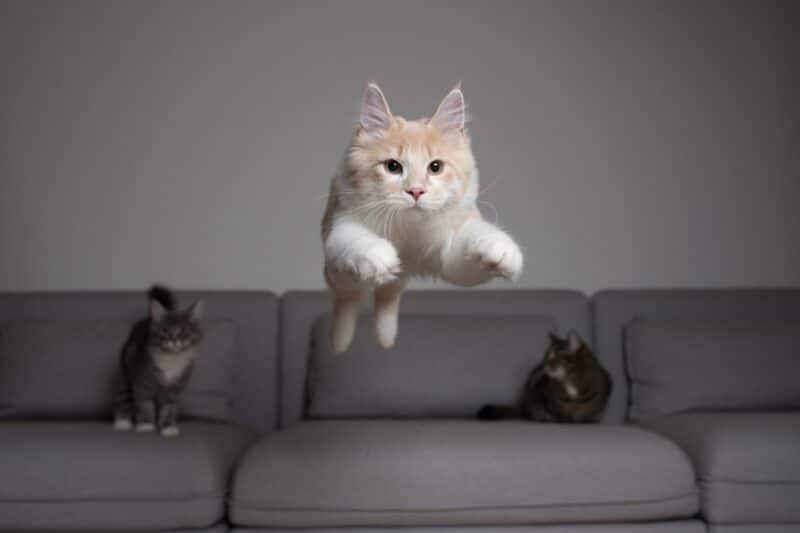As a cat owner, you know that when you look for your feline pal, you must look up most of the time. Above the kitchen sink, in the window, on top of the fridge, or even on the top shelf of the closet that you didn’t think the cat could get into are common places where you can find your feline friend.
Have you ever wondered why your cats like to be in high places? There are a few reasons cats prefer to be up high looking down on the world, and we’ll discuss them below.

Top 5 Reasons Why Your Cat Likes to Be up High
1. It Helps the Cat Feel Secure
Although cats are predators, they’re also prey for larger animals. In the wild, being in a high place helps the cat to keep an eye on any danger below it. If your cat is constantly climbing things to perch on, they are probably doing it to feel secure in their surroundings.
Remember, your cat is a sensitive creature, and it doesn’t take much for them to feel like they are being threatened. Anything from being in a new environment to dealing with children can bother your cat and make them feel anxious.
When stress or fear of potential threats affects your pet, they may seek out the comfort and security of a high place.
Besides, being in a high place allows them to have a better perspective of everything that is going on in their territory or immediate surroundings while still staying out of reach.
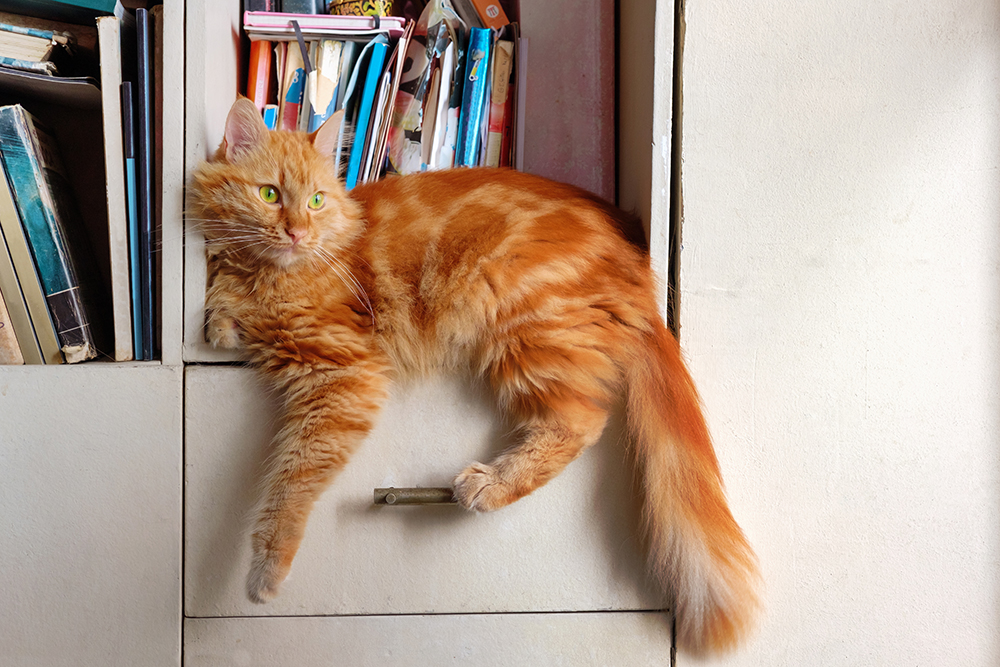
2. It Cements the Cat’s Status
Believe it or not, just as executives flaunt their status with coworkers by securing the best office in their company, cats cement their position by securing the top of the cat tree or tower. To put it another way, the cat with the highest spot in the house is the most dominant of your cats.
This is especially true if you have multiple cats in your home, so watch to make sure they aren’t fighting over the highest spots to be on the safe side.
3. It’s the Cat’s Instinct
You may know that domestic cats display many of the instincts of their ancestors. This means that your cat has the instinct to stay up high and hidden to stalk their proverbial prey and prevent an attack from a potential predator.
Staying up high was a reliable technique for cats in the wild to stay safe from coyotes, wolves, foxes, removed 2 words and more. Domestic cats, even those never allowed outside, have retained those survival instincts and like to be up high to protect themselves from possible harm.
You may find your cat jumping up high when they wish to be alone and even when the family dog won’t allow them some personal space.
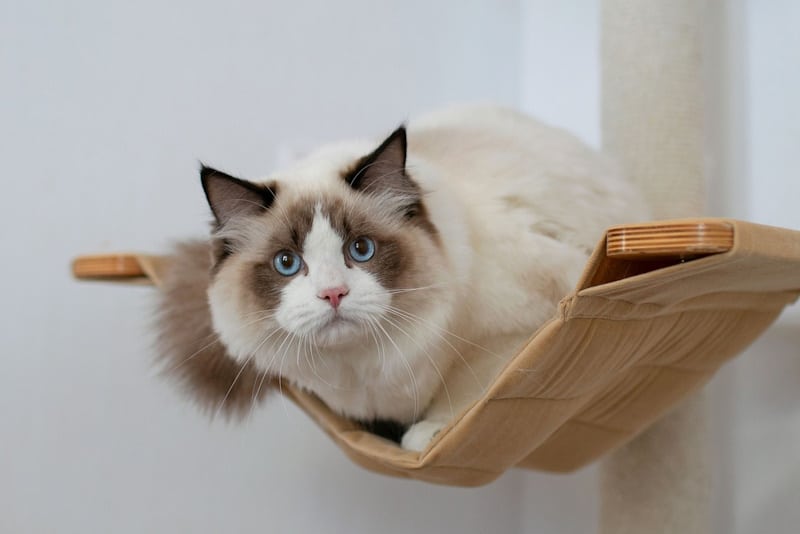
4. To Help the Cat Sleep Better
You wouldn’t think that where a cat sleeps would affect how well they sleep, but it does. When your cat sleeps on a chair in the living room, they may experience too much noise and commotion. This can be a stressor for your cat, and they may seek a more appealing location.
Curling up somewhere high and away from the rest of your house will help the cat sleep deeply, peacefully, and without worrying about someone waking them up at every turn.
5. It Regulates the Cat’s Body Heat
Some cats have a lot of fur, and others are practically bald, but when winter rolls in, felines of all coat types seem to feel the chill. Many pet owners are surprised that their cats can feel the cold just as they do. As you probably know, heat rises, so many cats climb onto something high to reach the heat while they sleep.
This helps them to stay warm in the winter months. By the same token, you might find your cat sleeping on the floor more often in the summer season to take advantage of the cooler air down there.
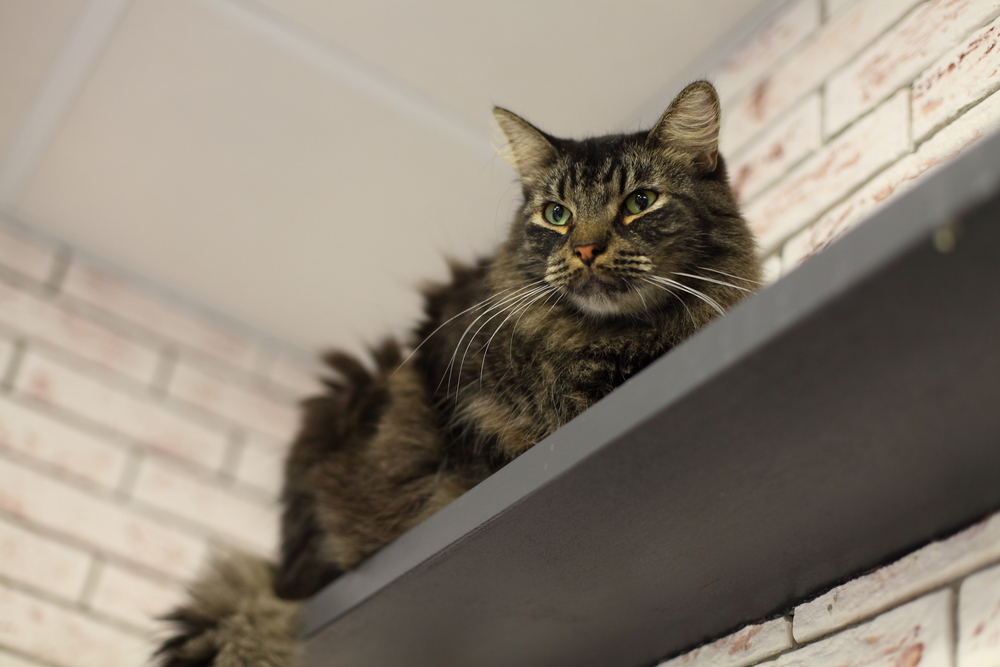

How Can I Give My Cat More Vertical Space?
Now that you know why your cat constantly seeks high spots to rest, sit, or sleep in your home, you might want to know a few ways to give the cat more vertical space. Here are a few of our favorite ideas.
- Clear off the top of your fridge so it can be a safe, warm spot for your feline.
- Purchase a high-quality cat hammock for your furry friend. There are windowsill and wall-mounted options, so choose the one that works best for your feline. If you’re on a budget or don’t want to go that fancy with a cat hammock, there are quite a few DIY options you can build.
- One simple solution is to purchase a new set of shelves. Place them with space between them and at different elevations so your cat has different levels. This is also a great way to help your cat get in exercise and playtime.
- Invest in a high-quality cat tree or cat tower. They are the perfect product for cats that love to be up high. Most cat trees are designed with hidey holes, toys, scratching posts, and beds. There are also DIY options for towers and trees if you feel creative.
If you are looking for a way for your cat to get above it all, these tips will certainly get you started. Remember, whether it is routine day-to-day traffic or the family is running in and out for the holidays, cats need the option to get away from it all, and getting to a high spot is often their way of doing it.
Alternatively, if you want to surprise your cat with something cool, check out the Hepper Hi-Lo Cat Scratcher. It's not just a scratcher; it's a piece of modern furniture that your cat can play on. It's got a curvy design that's perfect for stretching and moving, and it's built tough with strong birch plywood and thick B-flute cardboard. You can adjust it to three different heights, which keeps cats entertained. Plus, it won't break the bank! Our cats love it, and we do too.
- Premium Materials - Hepper's cardboard scratcher is made with dense, B-flute cardboard, and a metal...
- High, Low and Lower - A single cat scratch pad won't keep your cat engaged. 3 unique positions keeps...
- Activates Muscles - The Hi Lo isn't just a cat nail file to stop the chief cat couch scratcher. The...
At Catster, we’ve admired Hepper for many years, and decided to take a controlling ownership interest, so that we could benefit from the outstanding designs of this cool cat company!

Conclusion
Whether it is because the cat is stressed or trying to stay warm in the middle of a frigid winter season, you need to have elevated spaces where your cat can be healthy, happy, and stress-free. Try out some of our tips for creating vertical areas in your home, and see how well your cat reacts. Do you have other methods that have helped your cat enjoy its elevated viewpoint?
Related Reads:
- Free DIY Cat Hammocks You Can Build Today
- Why Do Cats Hang Out in Weird Places? Common Reasons, Care Tips & FAQ
Featured Image Credit: Holger Kleine, Shutterstock
